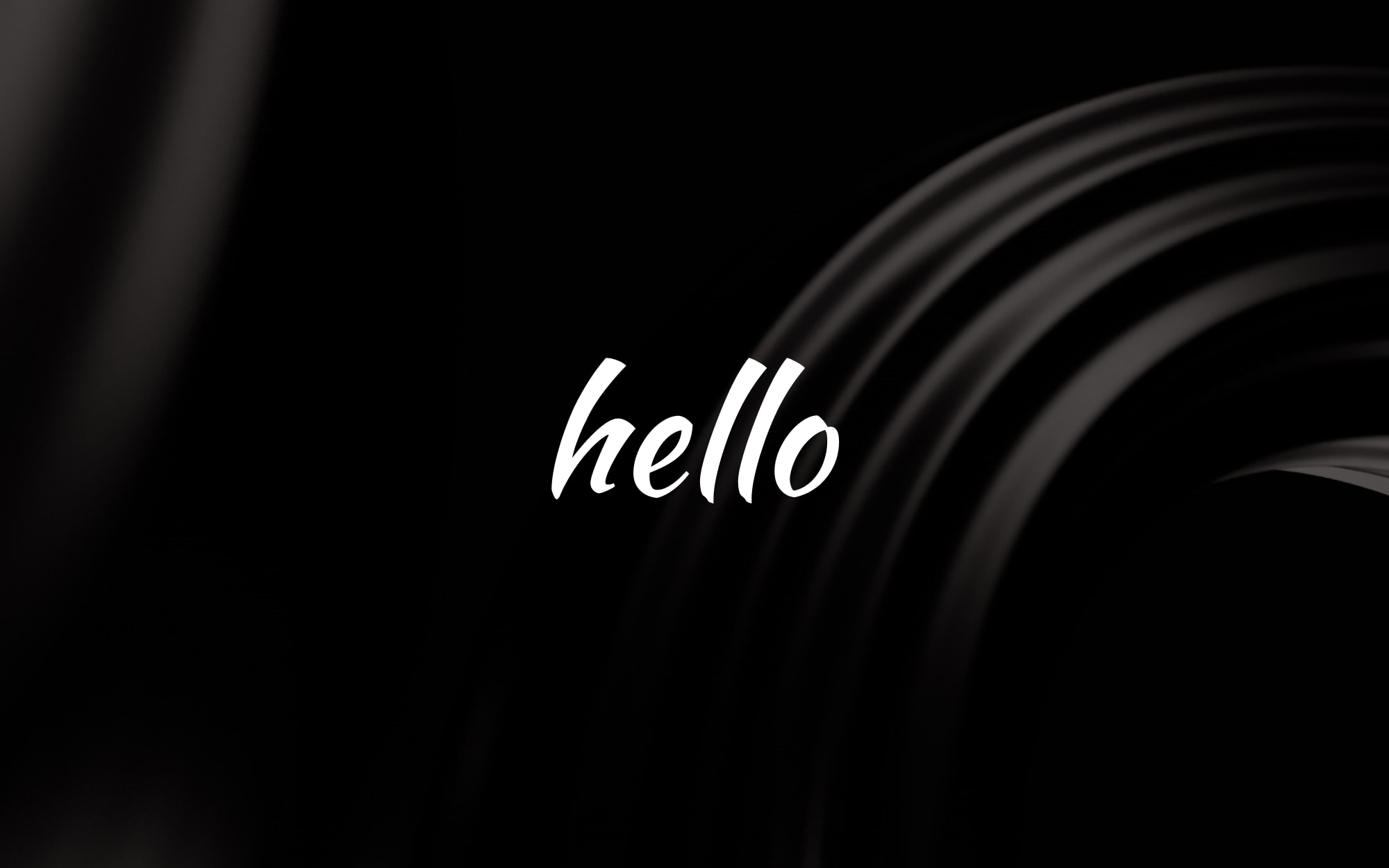Best Examples of Writing from a Dog's Perspective
- Leo Tolstoy, Anna Karenina Part 6 Chapter 12
This incredible chapter is written from the perspective of Laska, Levin's pointer. Brilliant!
Noticing the special way Laska was searching, pressed flat to the ground, as if raking it with her hind legs in big strides, and with her mouth slightly open, Levin understood that she was after great snipe, and, praying to God in his heart that he would be successful, especially with the first bird, he ran to her. Coming right up to her, he began looking in front of him from his height and saw with his eyes what she had seen with her nose. In a space between two hummocks, close to one of them, he made out a great snipe. It was listening, its head turned. Then, fluffing its wings slightly and folding them again, it wagged its behind clumsily and disappeared round the corner.
"Flush it, flush it," cried Levin, nudging Laska from behind.
"But I can't flush anything," thought Laska. "Where will I flush it from? I can sense them from here, but if I move forward, I won't be able to tell where they are or what they are." Yet here he was nudging her with his knee and saying in an excited whisper: "Flush it, Lasochka, flush it!"
"Well, if that's what he wants, I'll do it, but I can't answer for myself anymore," she thought and tore forward at full speed between the hummocks. She no longer smelled anything, but only saw and heard, without understanding anything.
and
Laska, with ears pricked up, was looking upwards at the sky, and reproachfully at them. “They have chosen a time to talk,” she was thinking. “It’s on the wing . . . . Here it is, yes, it is. They’ll miss it.”
2. Neal Stephenson, Snow Crash: Rat Things (a.k.a. Cyb-Dogs)
Although referred to as “rat things,” these cybernetically enhanced guard dogs display a perspective that seamlessly combines their canine instincts with advanced technology.
They call me a rat thing, but I know my pack. My eyes see in infrared, counting the glowing shapes outside the fence. My tail twitches, calibrating for balance. Metallic exoskeleton hums at the base of my spine.
A whiff of sweat, an uninvited human. Threat. Pack must be safe. I steady my stance, front paws feeling the seismic pulse through the concrete. Data streams into my head, detailing angles, distances. My hearing pinpoints the rattling breath of the intruder.
Still… a flicker of memory: warm smells, playful tussles, the wag of a tail. I bare my teeth. The directive overrides. Protect. Attack. Obey.
- The Dog’s Perspective in The Night Watchman by Louise Erdrich
The Dog-Narrated Passage (Edith’s Chapter)
Louise Erdrich includes a memorable chapter written from a dog’s point of view. In Chapter 57, “Edith, Psychic Dog,”the narrative briefly shifts to Edith, a brown dog who lives with Harry Roy. In this chapter, Erdrich describes events through Edith’s perceptions as Harry brings the missing character Vera home. For example, the narration notes Harry’s deep bond with his dog:
“Harry lived with an ordinary-looking smart brown dog, named Edith. As happens when one person lives with one dog, the dog became psychic.”
As Harry carries the traumatized Vera into the house, Edith “perks up” and senses the new person’s presence. The dog intuitively understands from Harry’s gentle behavior that Vera is vulnerable and needs protection. The chapter continues with Edith guarding Vera and observing her condition, effectively giving us the scene through the dog’s eyes. The text describes Edith’s awareness that Vera has “been through a lot” and notices that Vera is jumpy around men, even though Edith herself means no harm . In other words, Erdrich lets us see Vera’s fragile state from the sympathetic perspective of Edith, the ever-watchful dog. (Notably, a Johns Hopkins review confirms that The Night Watchmancontains such non-human narration: “One chapter is narrated by a horse, another by a dog.” – Edith’s chapter is the dog-narrated one.)
Context and Significance of the Dog’s Perspective
Erdrich uses Edith’s perspective to deepen the emotional and thematic layers of the novel. By filtering the scene through a loyal dog’s consciousness, the author highlights the bond between humans and animals and underscores Vera’s dire state without Vera having to explain it herself. Edith’s “psychic” understanding is a gentle, almost spiritual touch – the dog intuitively senses fear and pain that Vera cannot voice. This offers readers a compassionate viewpoint: Edith becomes a guardian figure for Vera, keeping watch as she recovers . The dog’s innocent, protective eyes allow us to witness Vera’s trauma in a softened way, bringing hope and warmth into an otherwise harrowing situation.
This narrative technique also reflects Erdrich’s blend of realism with a hint of the mystical. Throughout The Night Watchman, supernatural elements and animal viewpoints appear amid the realism. In addition to Edith’s chapter, there are ghosts and even a scene where a dog’s spirit seems to speak – earlier in the story, Patrice (Pixie) hears a chained dog “tell” her that Vera “died on the end of a chain, like me” , a haunting clue about the violence women face. By giving voice to animals and spirits, Erdrich honors Ojibwe storytelling traditions and adds layers of meaning. The dog’s perspective serves as both a plot device and a source of empathy and humor. It enriches the narrative by showing that even a humble dog can contribute to the community’s healing and understanding. In sum, the chapter from Edith’s viewpoint is a striking example of how Erdrich uses unconventional perspectives to illuminate her characters’ struggles and to celebrate the caring connections that help them survive.
Sources: Erdrich, The Night Watchman (Chapter “Edith, Psychic Dog”) ; Book review in JHU Hub ; BiblioFile summary ; SuperSummary analysis ; The Night Watchman discussion threads .
